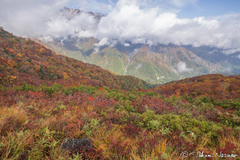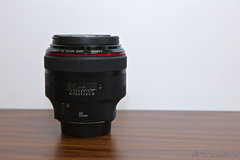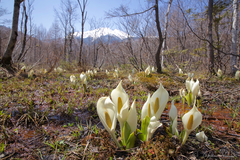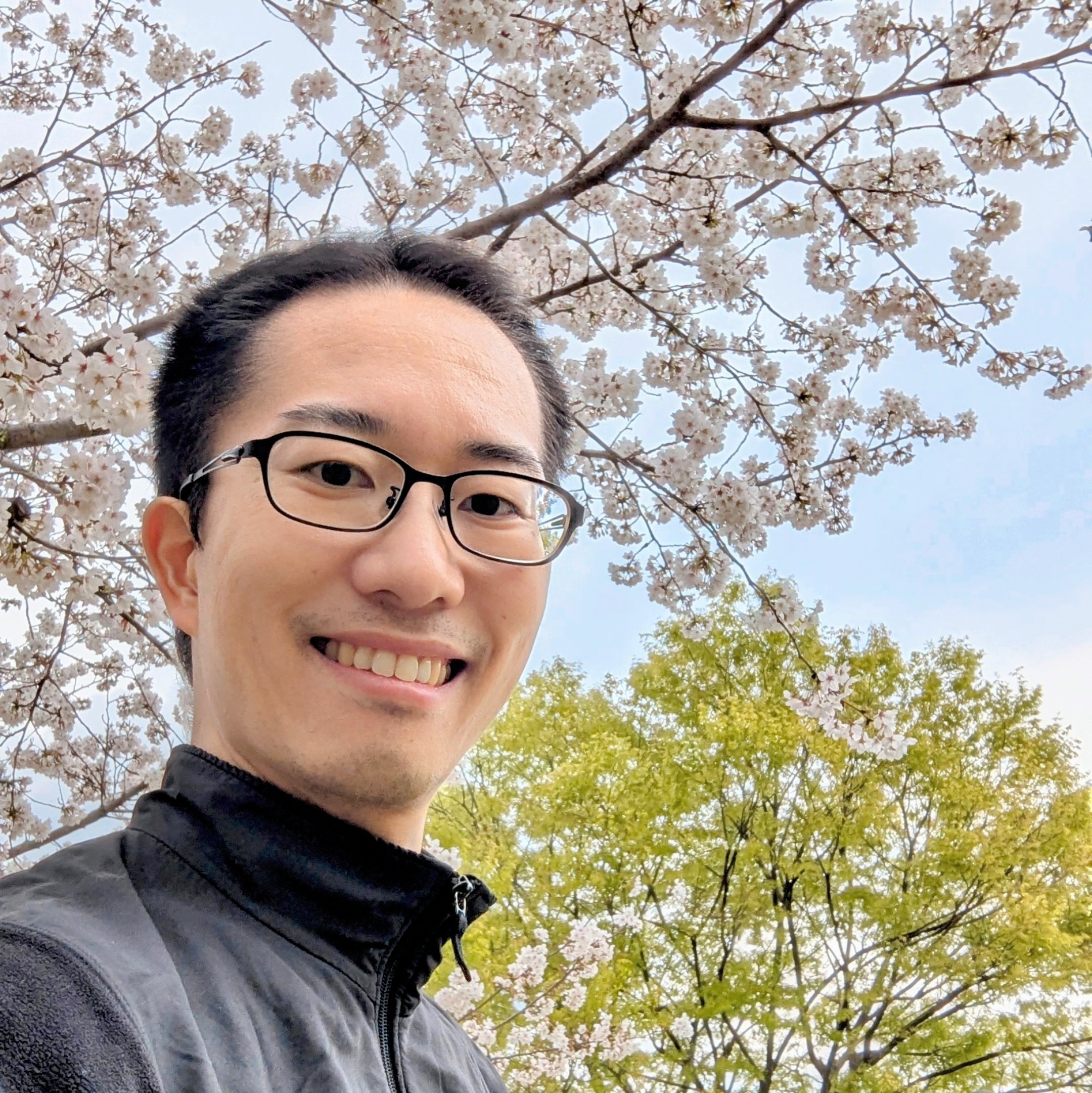Road to Photomaster Vol.3 - That Strange Purple Color was a Phenomenon called Purple Fringing! The Study Revails My Lack of Knowledge, but is a Great Step Forward!
While I'm studying for a Photomaster seriously, I now recognize my lack of knowledge clearly as I expected. Today's topic is the "purple fringing".
This is a phenomenon that the dark edges adjacent to bright areas have a false color when a large amount of light sheds into an image sensor and the overflowing light interferes the adjacent cell. The dark edge is often tinted with the purple color so it is called "purple fringing". (Quoted and translated from Licensing Examination of Photomaster of the Year 2014)
I was amazed to read this definition because this is a cause-unknown phenomenon which I had trouble last year.
This is the illuminations over Meguro River, where I ended up arriving through floods of people.
The unwritten fact is that my first photo here was all colored in true purple while adopting the smallest F-number in this darkness. In the first place, I wondered if I was using a wrong white balance. But it didn't get any improvement even after I adjusted the white balance. I also doubted that the camera shake had occurred so I used the faster shatter speed and tried my best to hold my camera firmly. But the true purple color didn't disappear.
I ended up enlarge the F-number to 8, and found a higher picture quality.
I tried to use as slower the shatter speed as possible because I didn't like higher ISO value. I finally gave up and adopted 1/2 seconds because of a severe tripod shake caused by floods of people walking around me. ISO value turned 400.
Now I understand the phenomenon called purple fringing, and also understand that a higher F-number is one good solution to this. But at that time, I didn't know why it happened, didn't have time, and was trying any ways in a panic.
Looking into any possible solutions on the internet, I found three - 1. using a special UV cut filter, 2. using a high-quality lens, and 3. using a fringing function on photo editing softwares.
I cannot afford to buy an expensive lens for a while, and I am not willing to depend on any photo editing software so I am thinking of adopting the special filter.
The study revails my lack of knowledge, but is a great step forward!






- Business (6)
- Childcare (1)
- Food (19)
- Languages (2)
- Life Hack (1)
- Local Revitalization (69)
- Photography (571)
- Web Design (11)
